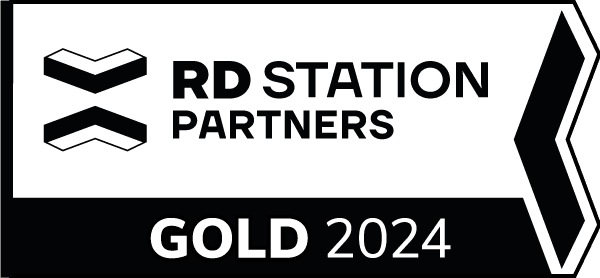Have you already tried different strategies and, even so, you don't see the return on investments in your business? The explanations can be different, but there is the possibility that you are making a fatal mistake for the company: not directing the communication to the correct target audience.
The marketing team can work day and night, but if the audience – that is, the group of people who can be your customers – is not defined, not even the best-designed campaign in the world will work.
Hence the importance of the target audience: find out who they are or bear the loss of lost time, in addition to the frustration of working, working and not achieving results.
However, if you are now joining a particular segment, we will help you not to make that mistake. If you've already made a mistake, calm down, there's still time to fix it. Keep reading this article to learn how.
Meaning of target audience and persona
In marketing, people work a lot with the concept of persona, and it is common to believe that it is synonymous with target audience. However, the target audience takes into account more general issues, such as gender, age group, region, social class, purchasing power, main interests, among others.
It is also worth mentioning that a company can have more than one audience, and, in this case, it must carry out research to identify all of them. However, it is important to be careful not to set goals that are bigger than the company is able to embrace, or a number of audiences that there is no team or resources to reach. Therefore, your research must be realistic.
As for the persona, its definition is concerned with deeper issues than the target audience. To identify it, you must ask yourself what your client's behavior is like, what are they most afraid of, what are their biggest dreams. Sounds harder, doesn't it?
In short, the persona is “your ideal customer”. A detailed and, above all, humanized representation of who would be the perfect customer for your company. Your products and/or services can be the ideal answer to someone's pain, and that someone is the persona.
To explain it in more detail, let's use the example of one of Bee's customers. The company Colibri, a manufacturer of clothing and products for babies, has as persona the mother of a baby aged 0 to 6 months, a period in which the greatest doubts and anxieties arise about how to take care of the recently born child. This mother feels that she cannot talk to just anyone, as not everyone understands her. People tend to think it's exaggerated, that their worries are unfounded.
So, while the baby is sleeping or when she is breastfeeding, she informs herself through social media. Obviously, the Colibri brand will be there, showing all the empathy that the mother needs, with tips and reports of experiences similar to the ones she is living.
See how, when you know the persona deeply, your company can become the answer they’re been looking for? Imagine how much time and resources you don't waste working without that card up your sleeve.
This does not mean, for example, that Colibri does not have customers with children older than 6 months. Nor do all the brand's customers feel misunderstood. Profiles of mothers that are a little different from the one we reported can also be Colibri's audience. Again: the persona is the ideal customer.
How to define the target audience?
No one better than your own client to tell you more about them, their preferences, their desires, what they really expect from you. So, the first step to understanding your audience is talking to your current customers. This way, you will not work with guesswork, as the information will come from the most reliable source.
You can, for example, do a consumer survey right after the purchase, asking what prompted them to buy, why they need that product, and other data that is important to you.
There are also numerous digital tools that allow you to analyze the profile of people who interact with social networks and websites. Then, just understand what all these people have in common, and your target audience will be defined.
If you're just starting your business, the option might be to try to communicate with branded customers in the same industry or use recent surveys. Everything you discover, in the most diverse ways, must be registered in a database that you will use later to define the main characteristics of your audience.
How to do the research?
As we've already seen, the best way to find out who's at the other end is to ask just that person. There are a few ways to do this, but the simplest and most likely to bring results are:
Social media monitoring
Keep track of who likes, shares, and interactions with your publications. How do these people express themselves on social media? Do they usually leave you with more complaints, compliments, or tips?
Do they abbreviate everything they write, talk using slang? What is their age, their profession? By what means do they seek the information they need? It all says a lot about your target audience! Isn't it amazing how much information social media reveals to us?
Questionnaires
They can be print or digital. If they are digital, spread them as much as possible on all the channels your company has. A great tip is to create simple questionnaires, whose answers can be “yes” and “no”, with short and objective questions. This prevents the consumer from getting tired and giving up answering.
You can also offer something in return for the person who responds. Example: answer the questionnaire, help us to serve you better and get 15% off! Another increasingly hot bargaining chip is content. Offer an e-book, periodically send tips, or access to “exclusive information” that may be helpful to your audience.
Interviews
Face-to-face or telephone conversations also provide valuable information about the target audience. Through them, you can analyze the tone of voice, in addition to the most used expressions in speech. And you can use these same expressions in the content you're going to produce, to create an identification with your persona.
And if the conversation is in person, you can go even further: details such as the type of clothing, how many times the person touches their hair, facial expressions, all of this is of great help for your company. It can be difficult to have this opportunity, but if it's within your reach, don't miss out!
After making all the discoveries, share with the marketing team and even with the sellers. Thus, everyone will have the necessary weapons to communicate with their customer in order to obtain increasingly satisfactory results for the company.
Now you won't go wrong anymore, because, knowing your target audience, the rest is much easier. Here at Bee, we know this very well: it's no use communicating without knowing who will receive this communication. It's like trying to shoot the target without seeing it. So, whenever we have a new customer, we do an in-depth audience research. In this way, we reduce the possibility of errors and are much more successful in strategies and campaigns.




